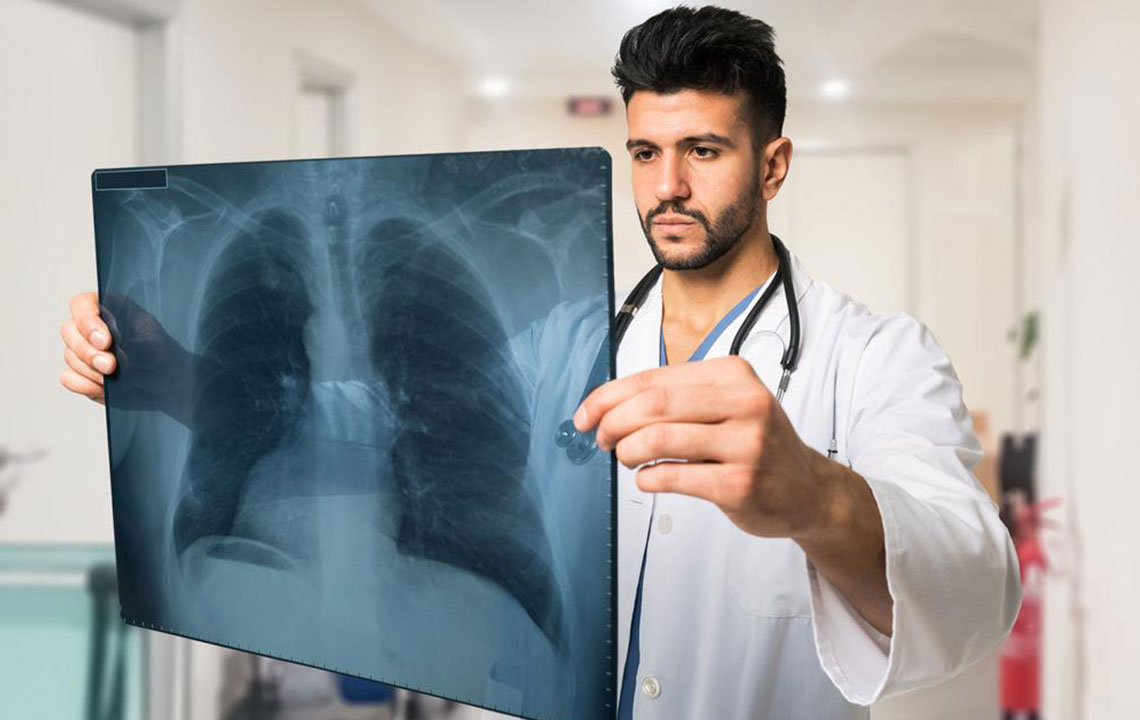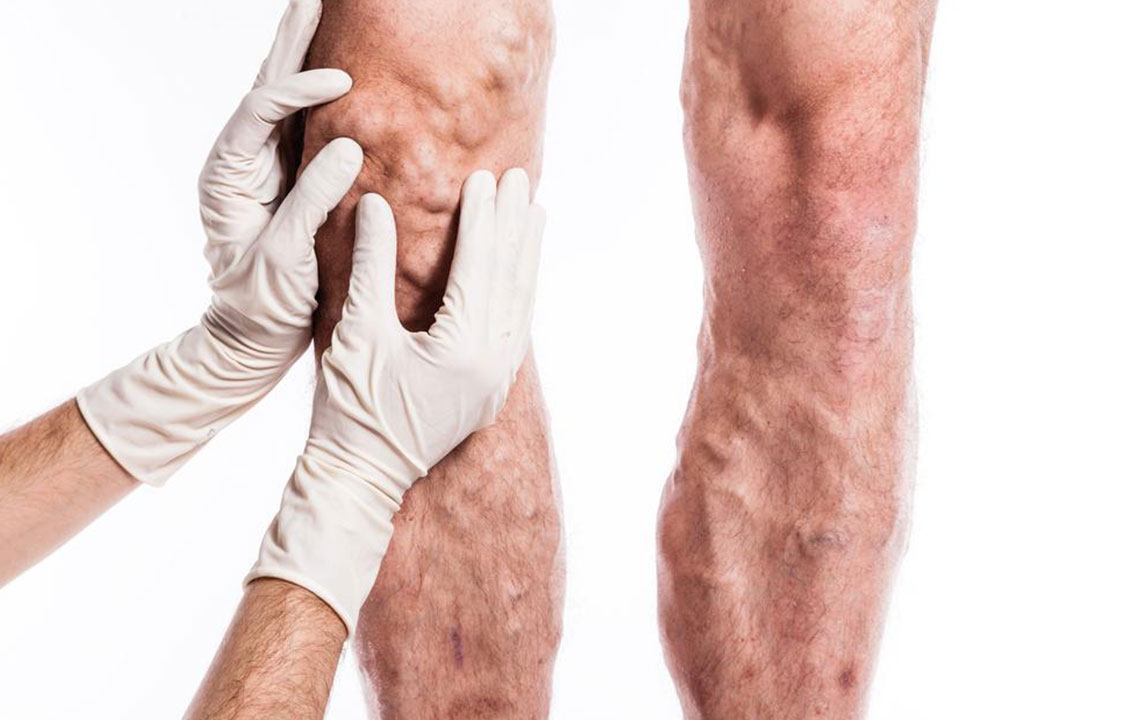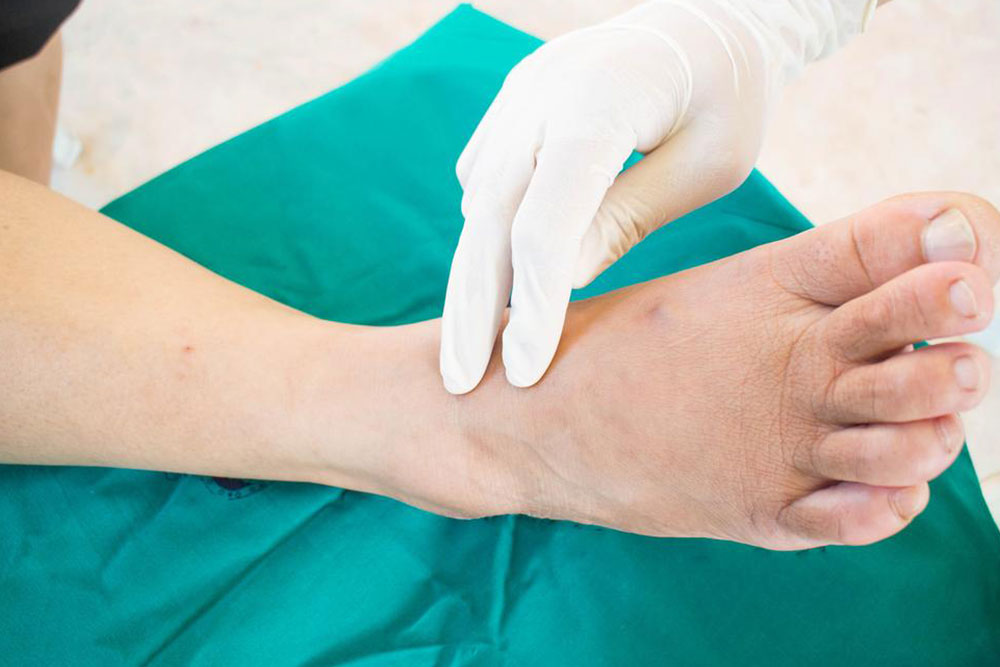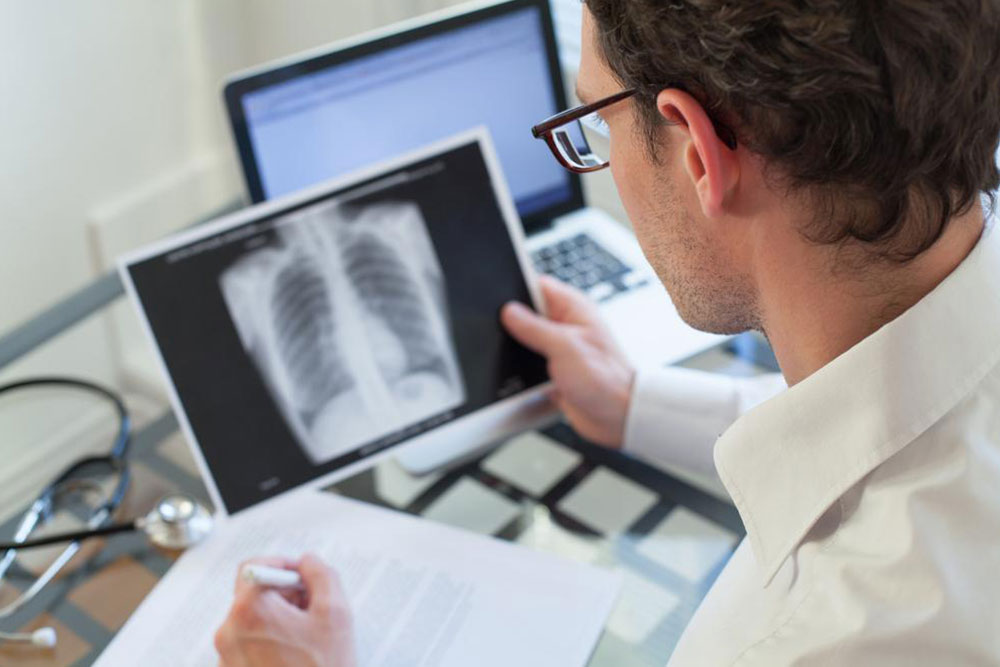How to Safeguard Your Lungs Against Pulmonary Thromboembolism
Learn about pulmonary thromboembolism, its symptoms, causes, and prevention strategies to protect your lungs from life-threatening blood clots. Early detection and lifestyle changes are crucial for reducing risks associated with this serious condition.
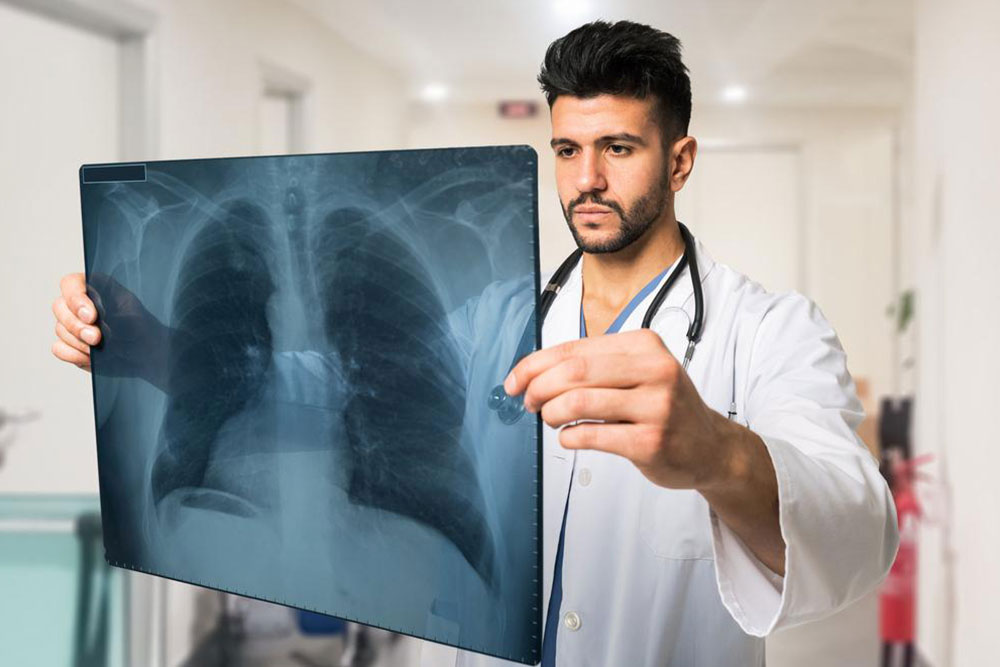
Protecting Your Lungs from Pulmonary Thromboembolism
Pulmonary thromboembolism occurs when a blood clot blocks a pulmonary artery in the lungs. Typically stemming from deep vein thrombosis (DVT), these clots travel from the legs or other parts of the body to the lungs, obstructing blood flow. This condition can be life-threatening if not identified and treated promptly. Symptoms may vary depending on clot size, lung involvement, and existing health conditions.
Common signs include sudden shortness of breath, chest pain resembling a heart attack, and coughing up blood. Additional symptoms may include leg swelling, skin discoloration, fever, sweating, irregular heartbeat, dizziness, or light-headedness.
Causes of pulmonary thromboembolism often involve blood clots originating from deep veins, especially in the legs. These clots can block parts of the lungs, causing areas of lung tissue to die due to lack of blood supply, known as pulmonary infarction. Less commonly, substances like fat, tumor tissue, or air bubbles can cause blockages. Preventive measures and early detection are key to reducing risks associated with this serious condition.


